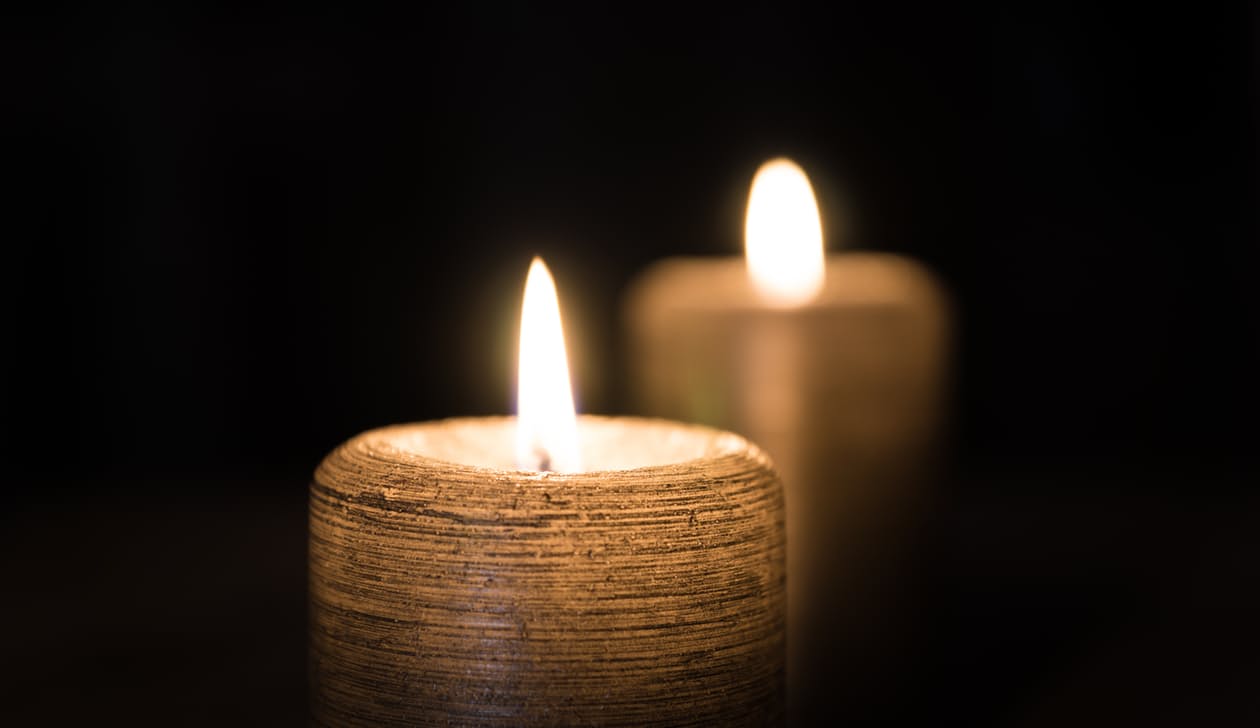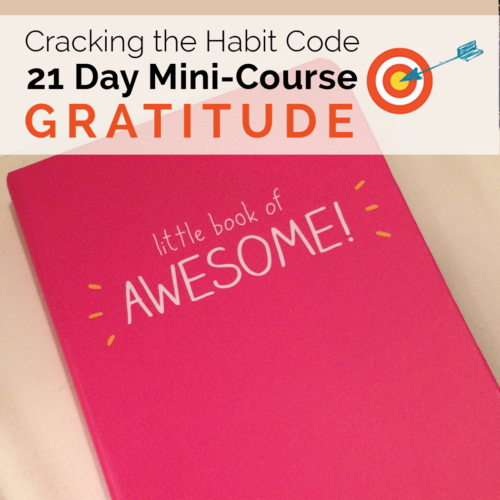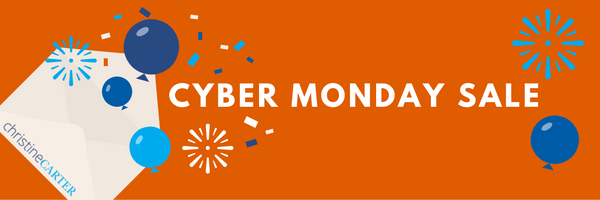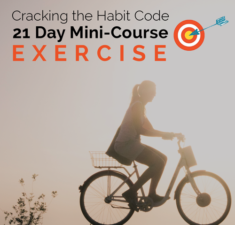My teens are obsessed with Christmas carols this year (and every year).
“It’s the holidays!” they exclaim when I suggest that perhaps we could listen to NPR instead of the Christmas carol station. This is, at least to the kids, is the most wonderful time of the year.
Many adults love the idea of the holidays more than their actual experience of them — mostly because their list of holiday-related tasks and obligations outweighs the joy of it all. So that I can actually enjoy the holidays, I’ve devised the three-part plan below.
Step One: Prioritize connection. ‘Tis the season for reconnecting. We reconnect with our friends and neighbors through a handful of annual parties. We reconnect with our more distant friends through cards and photos. And we reconnect with our extended family consistently throughout the season — our holiday rituals are what help make our family truly our family.
For example, the weekend before Christmas, my cousins always fly in from Massachusetts and Washington and Florida for a big family Christmas party, complete with a funny “white elephant” gift exchange. A few days before Christmas, my mom always makes spritz cookies with the kids, a tradition started in Germany with her mother. We light the candles of the menorah and say prayers each night during Hanukkah, something my husband’s Jewish family has been teaching me and my kids.
All of this is about renewing our sense that we are a part of something larger than ourselves. Let me not mince words here: This sense that we are connected and part of a larger whole is the single strongest predictor of happiness that we have. It is true that the holidays have become depressingly commercial in our culture, with a massive focus what each individual will get and what kids want in terms of material gifts. Soon every news report will include something about how the economy is responding to this year’s wave of massive collective consumption.
But we can choose to focus on relationships instead of individual gift lists this holiday season. Not surprisingly, people who focus on family or religion during the holidays report higher happiness than those who don’t.
Step Two: Schedule the fun, the tasks — and the necessary downtime. There is so much going on at this time of the year, I know that I have to sit down with my calendar and block out time to get a Christmas tree, shop for our Hanukkah meals, take a holiday card photo, etc.
First, I make a simple list of all the things I need and want to do in the next month. Second, I block off time on our family calendar to actually do those things — including the not-so-obvious things, like scheduling time to update my address book so that our holiday cards make it to where they’re supposed to. (Research suggests that telling your brain when you will do something reduces stress.) Third, I actually schedule downtime on my calendar, like weekend mornings when we commit to not going anywhere or doing anything.
Once I do that, I realize that I’m not going to have enough time to do everything on my list. But I can’t skip my downtime, or I won’t actually enjoy the holidays. And so I have to decide: What are the most important things for me to do and events for me to attend?
That leads me back to Step One: Where do we get the most bang for our relationship buck? Everything that doesn’t serve to connect us to each other or something larger than ourselves gets nixed.
It is never easy to stick to the plan. Inevitably, someone will call to see if we can go ice skating on a weekend morning when we’ve scheduled downtime, and we’ll all want to go. But if we can’t easily reschedule the downtime for the next day, we’ll say no.
I’ll get a lot of pushback on this decision from my family, but I’ll remind them that more is not necessarily better, and that I’m actually not that fun to be around when I’m exhausted.
Step Three: Trade in expectations for appreciation. Most of us suffer from what I think of as an abundance paradox: Because we have so much, it becomes easy to take our good fortune for granted; as a result, we are more likely to feel disappointed when we don’t get what we want than to feel grateful when we do.
This tendency can be especially pronounced during the holidays — but we can overcome it by consciously cultivating gratitude.
We can do so in three ways. First, we can create holiday gratitude traditions (see this post for ideas how). Second, we can intentionally expose ourselves to other people’s suffering, and make a real effort to help. An afternoon spent serving the homeless can make most anyone feel instantly, and deeply, grateful. Finally, we can make an effort to notice when our expectations are leading us to desire something different than what we have — a recipe for disappointment. One of the best happiness tips I know of: find something to love in the moment you are in right now.
As the holidays approach, we will likely feel stressed and exhausted, but we need not feel like victims to this time of year. Our exhaustion is not inevitable; how tired or stressed we get is often a result of the choices we make (or fail to make) ahead of time. So while I think it is too early for holiday music, it is not too early to start making the choices that will lead us to a low-stress, high-joy holiday season.
![]() If you would like to download the audio version of this video to listen to in your car or on the go, click the link below.
If you would like to download the audio version of this video to listen to in your car or on the go, click the link below.














